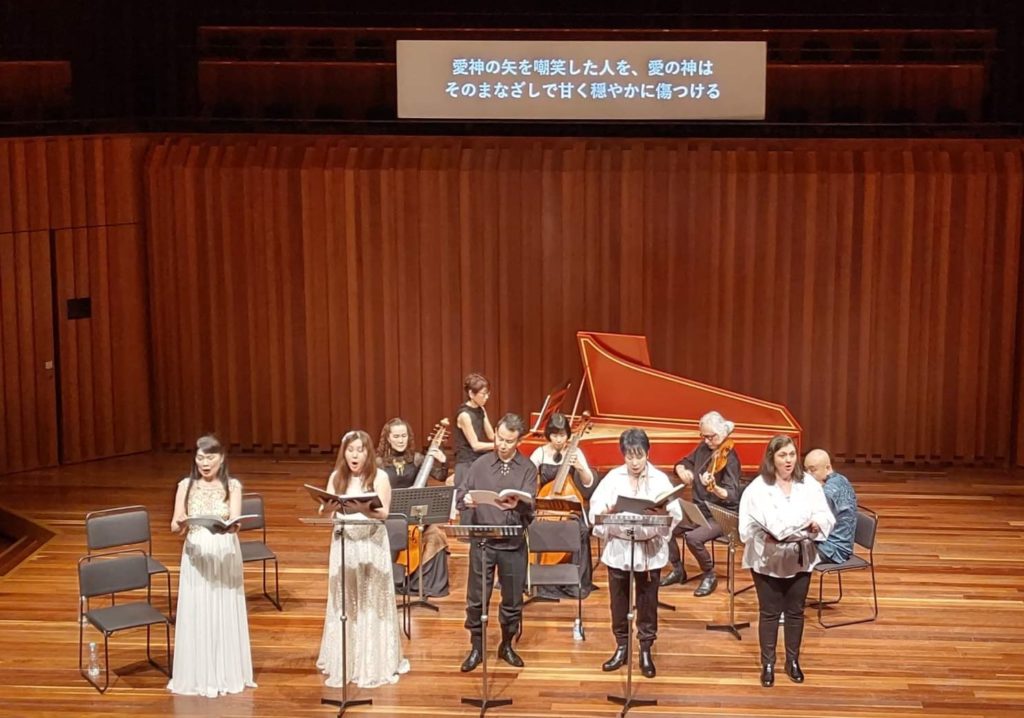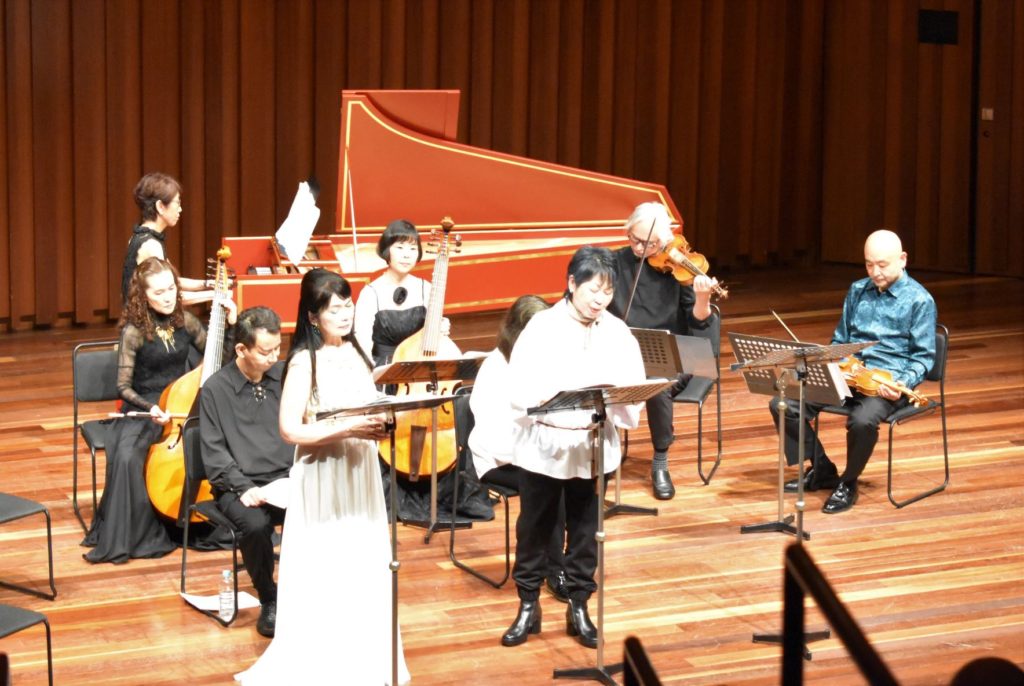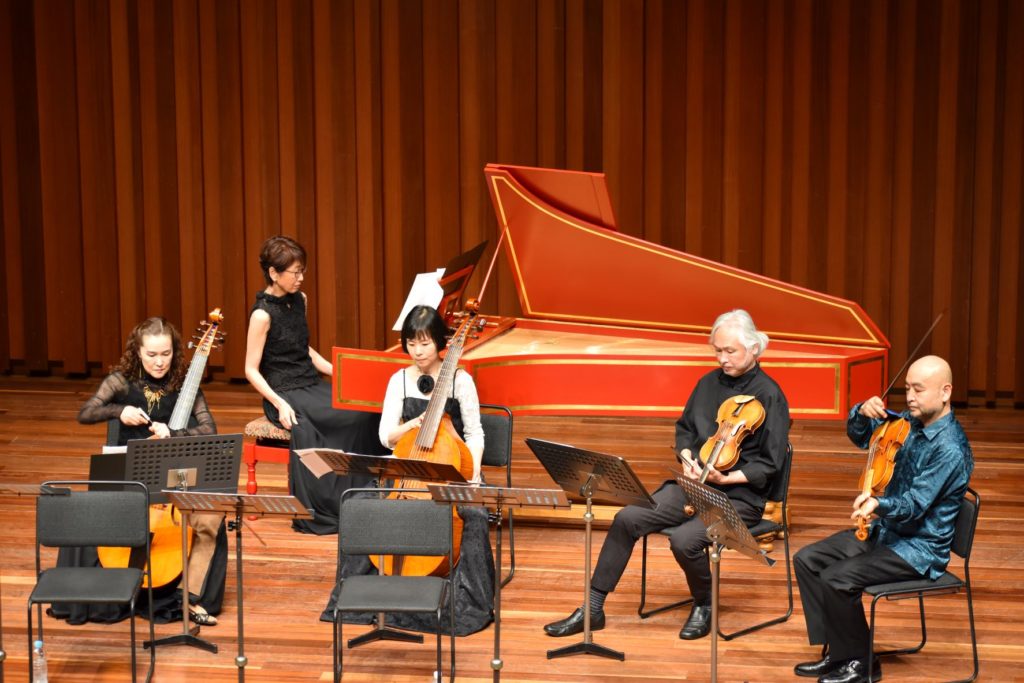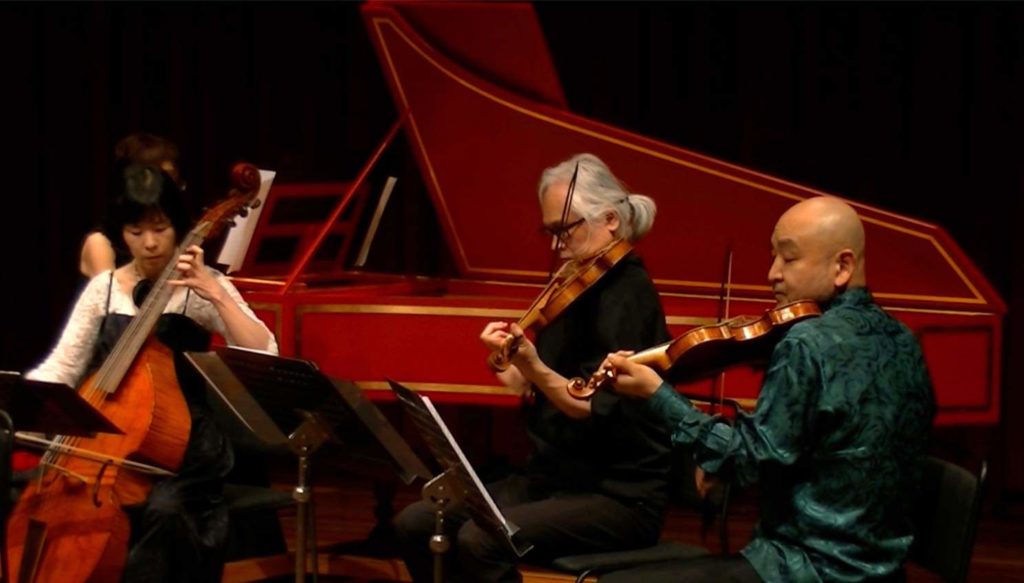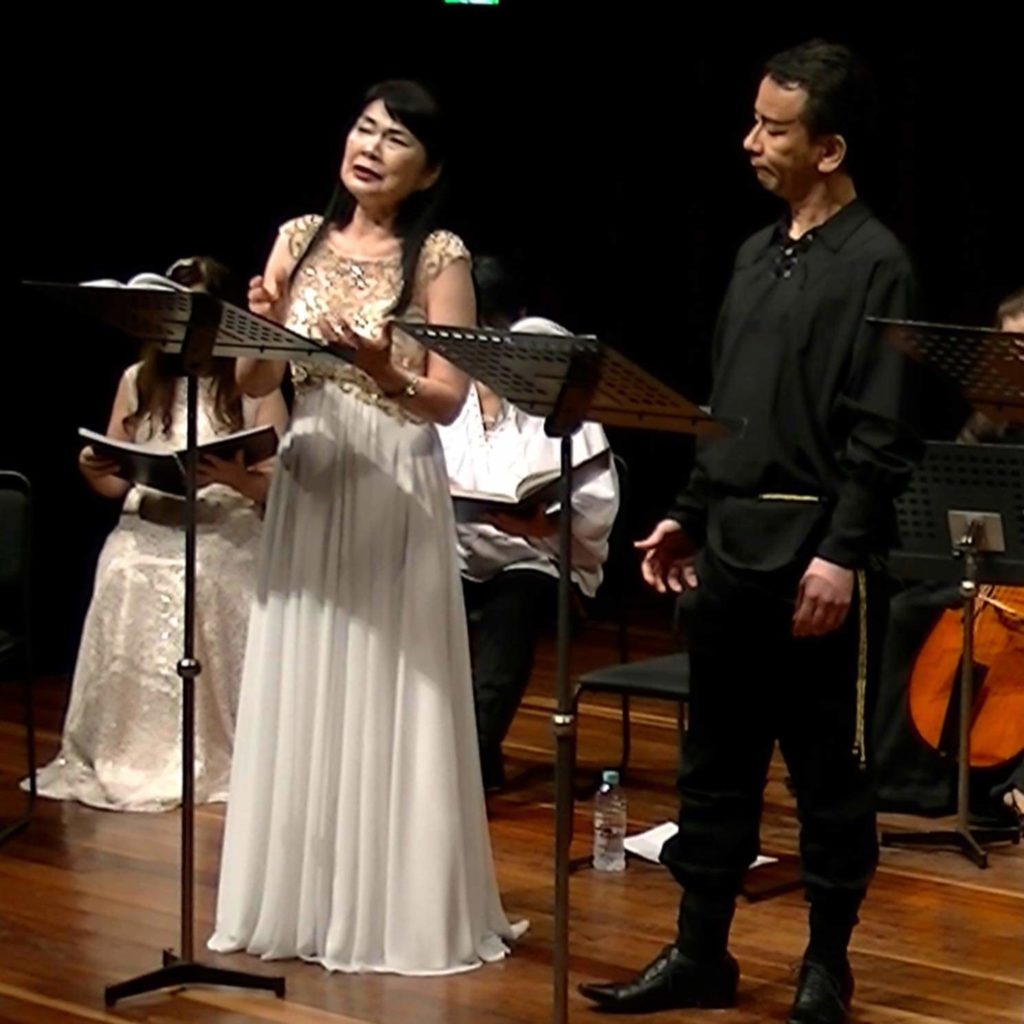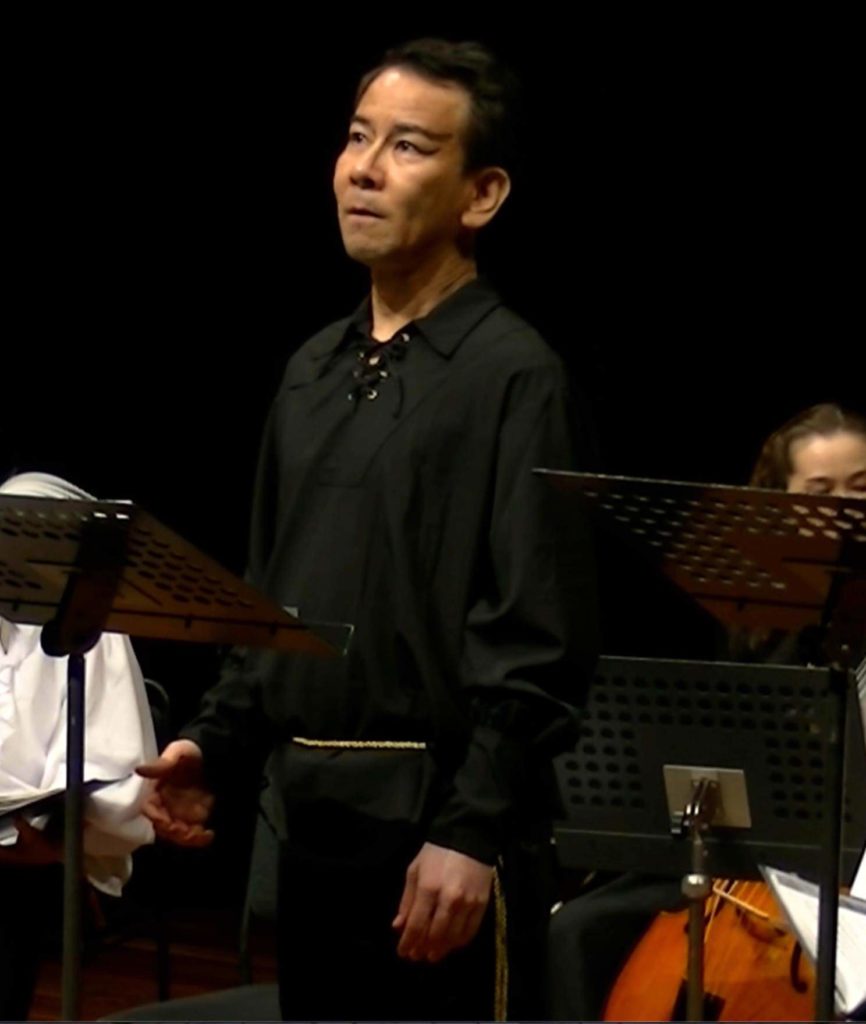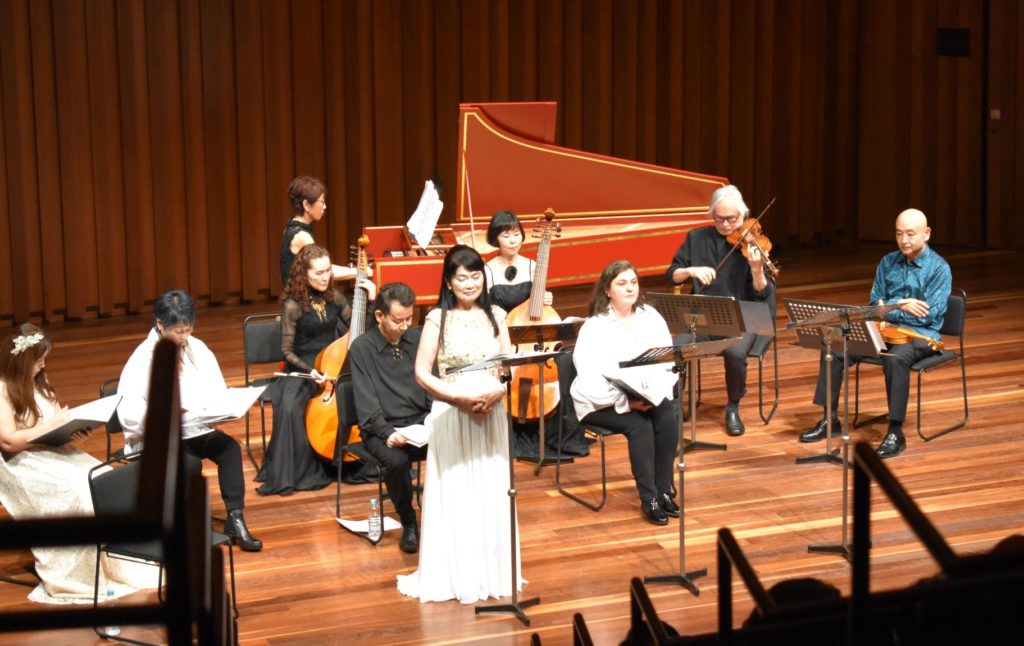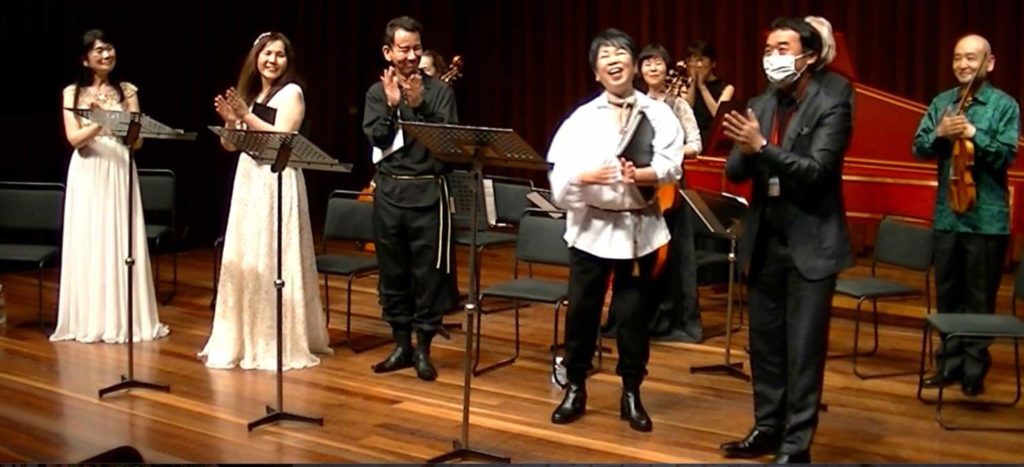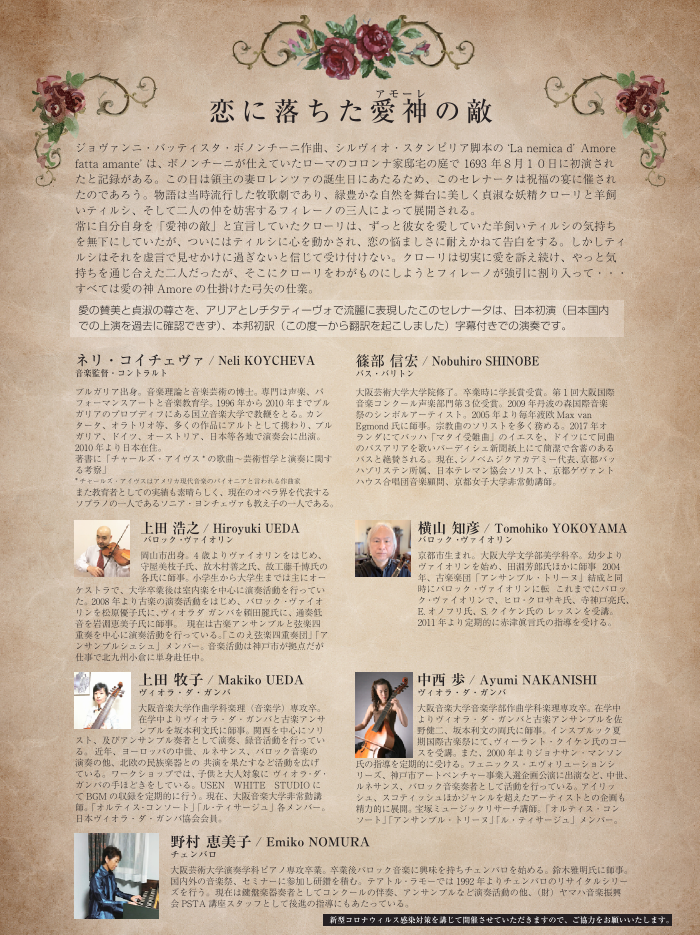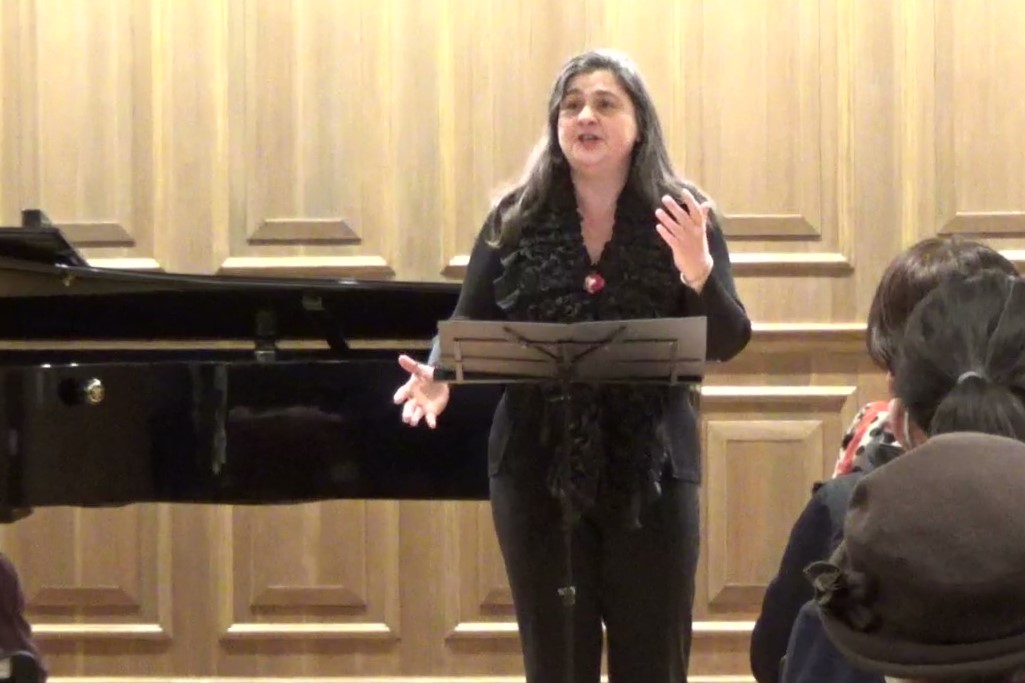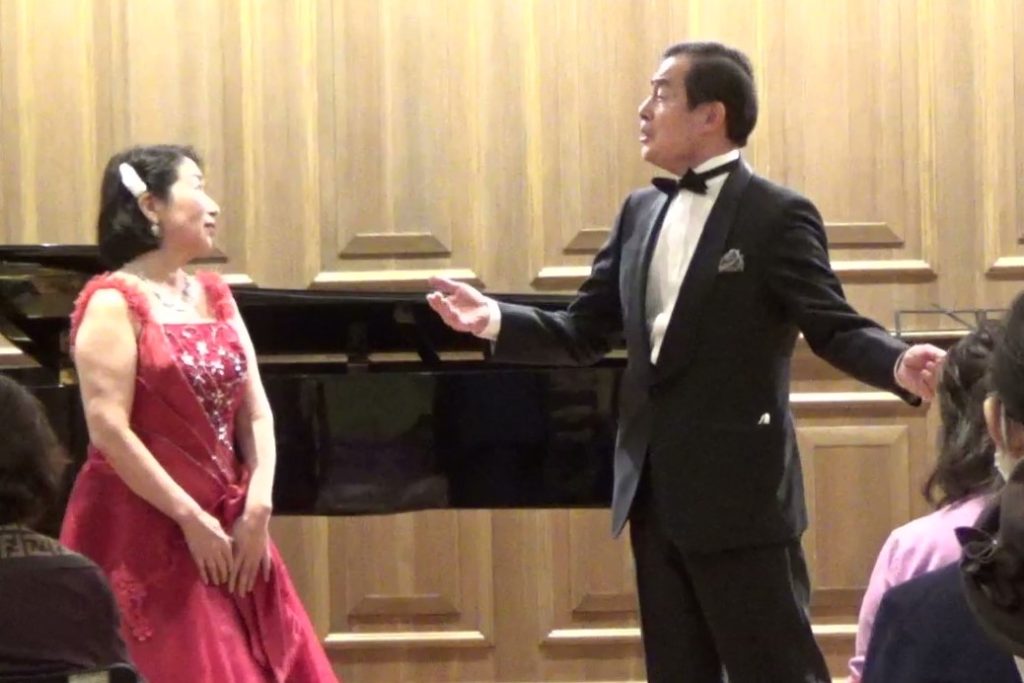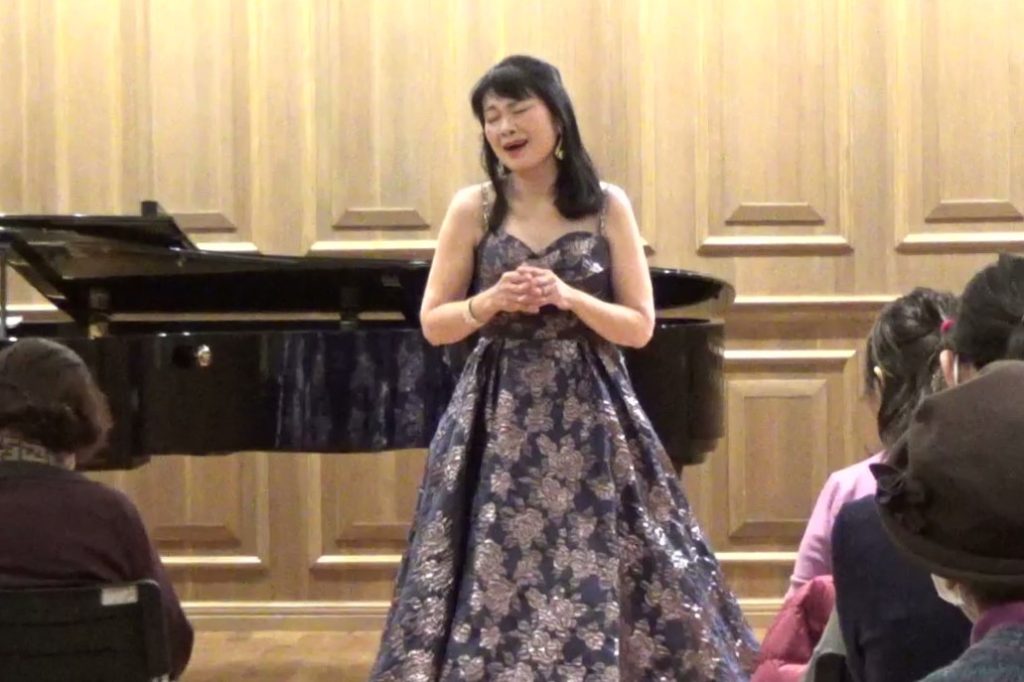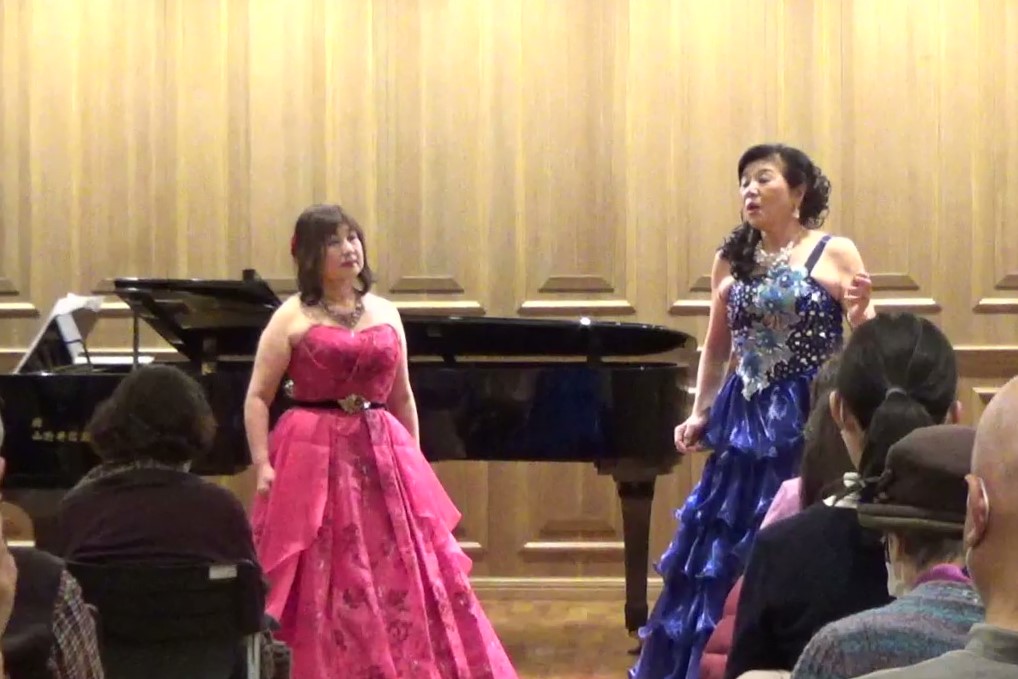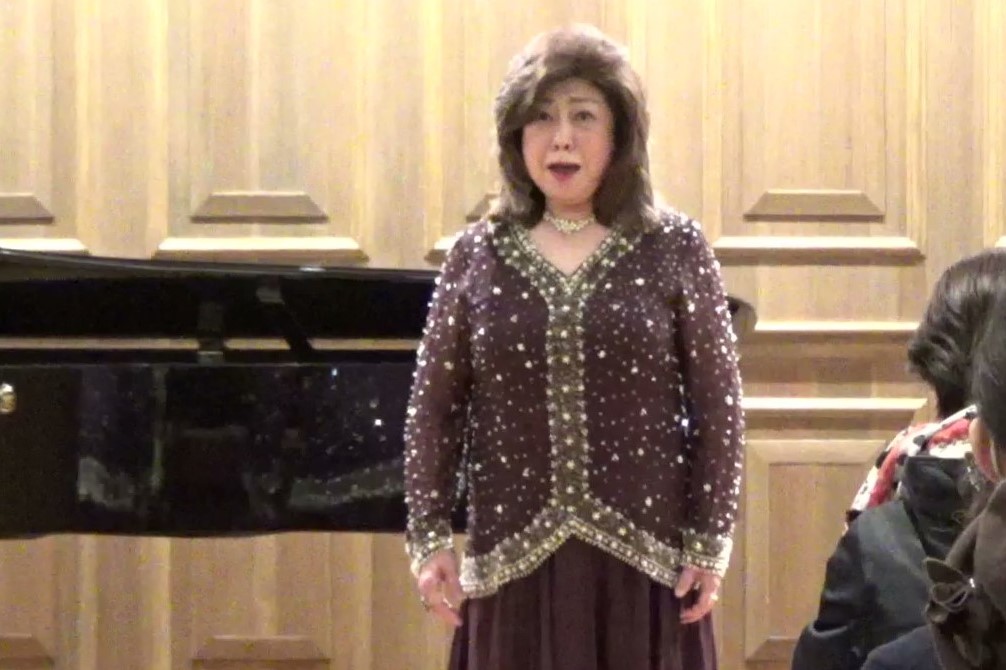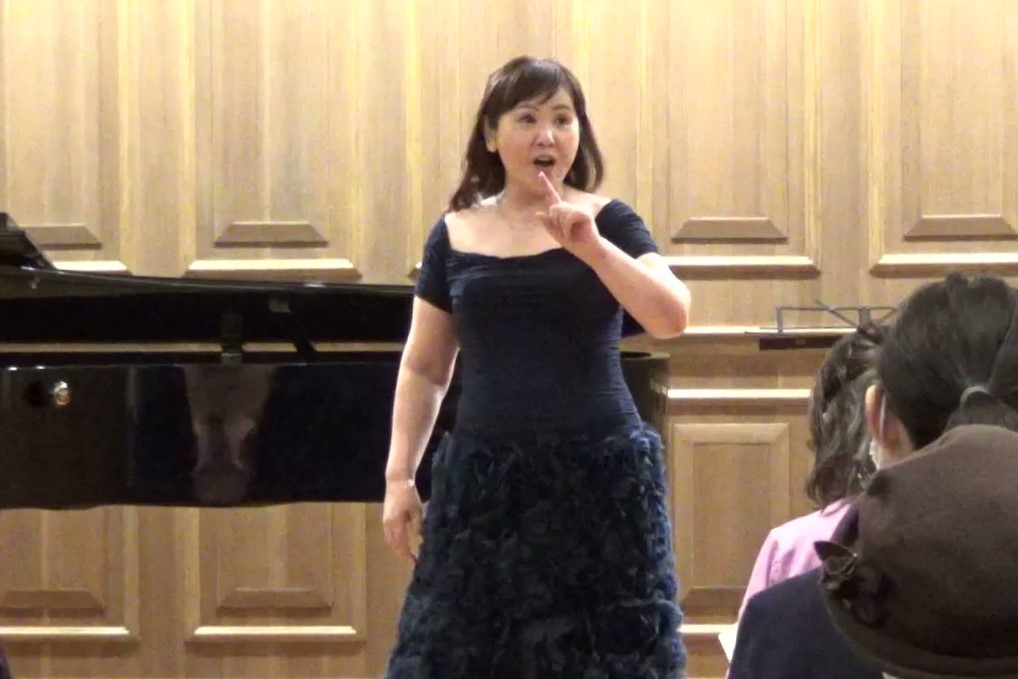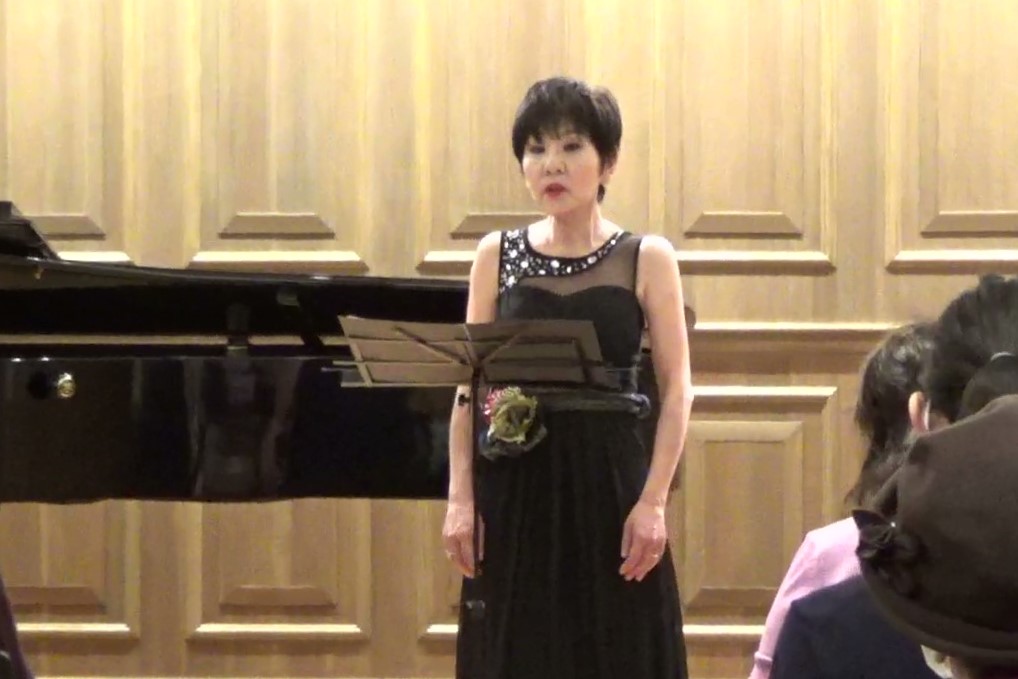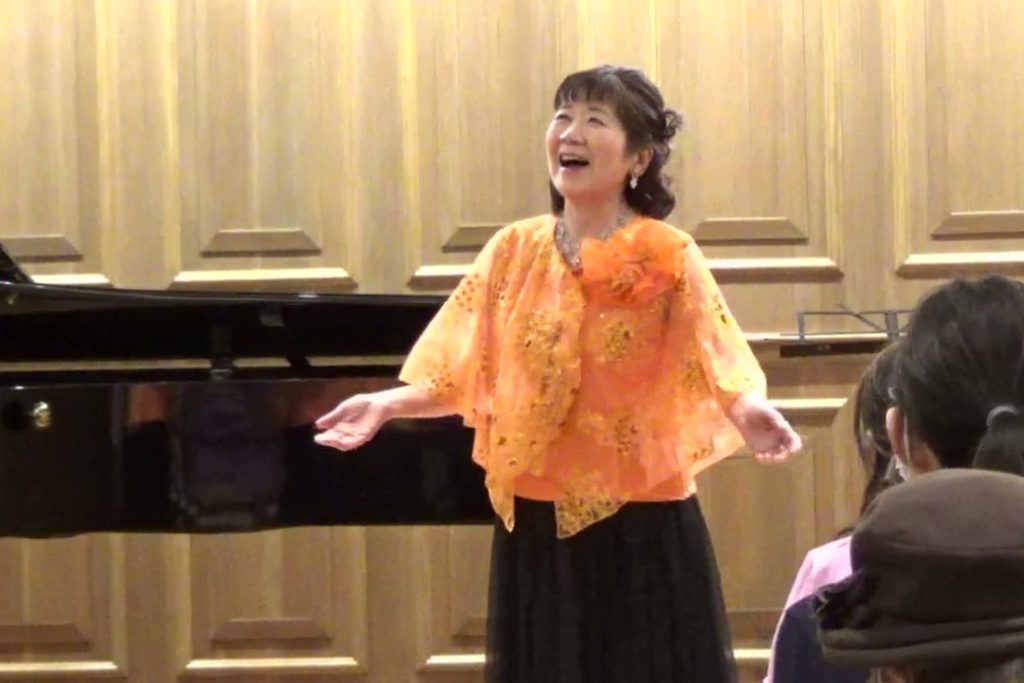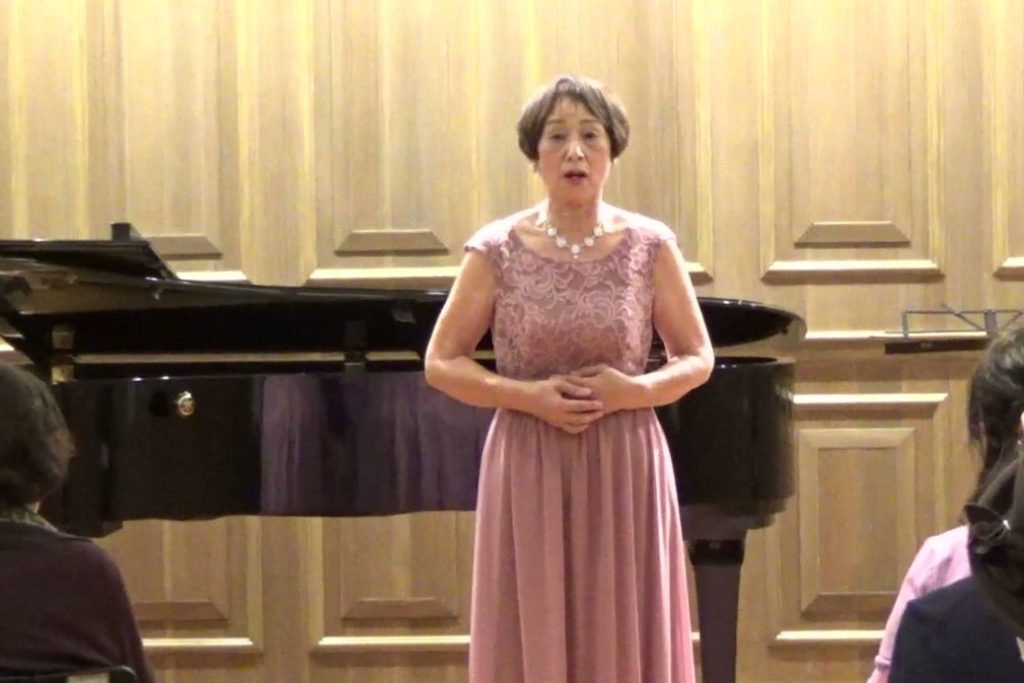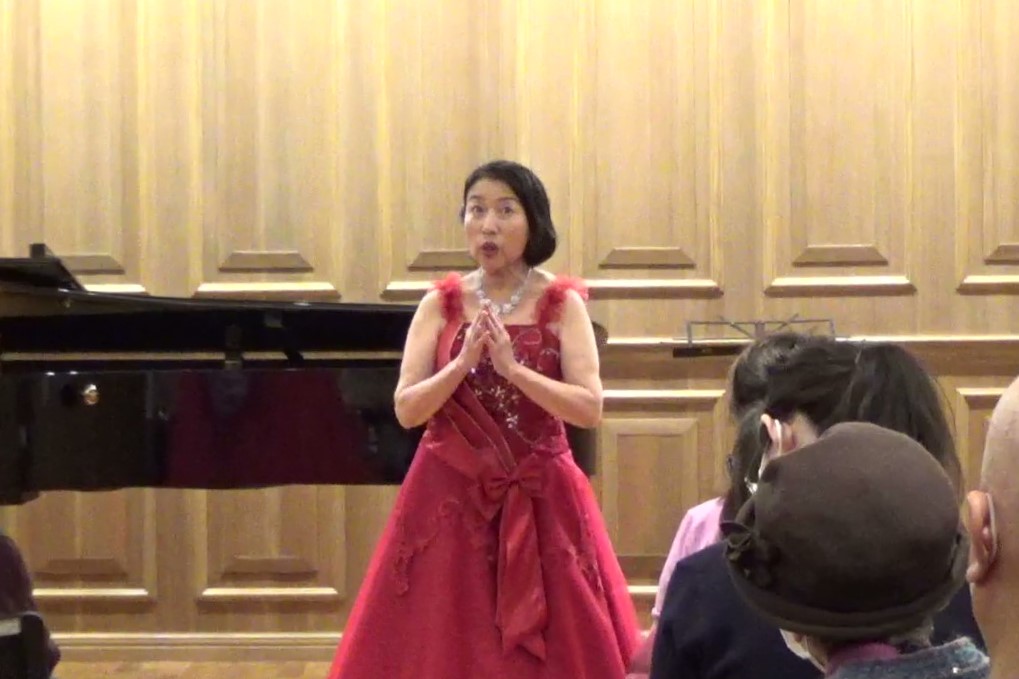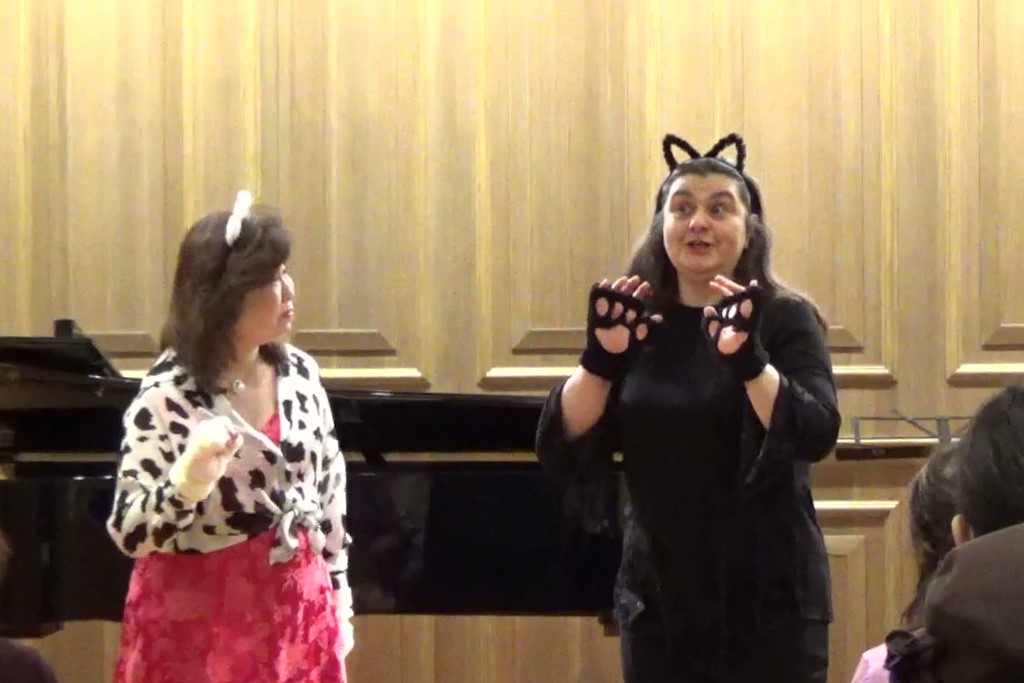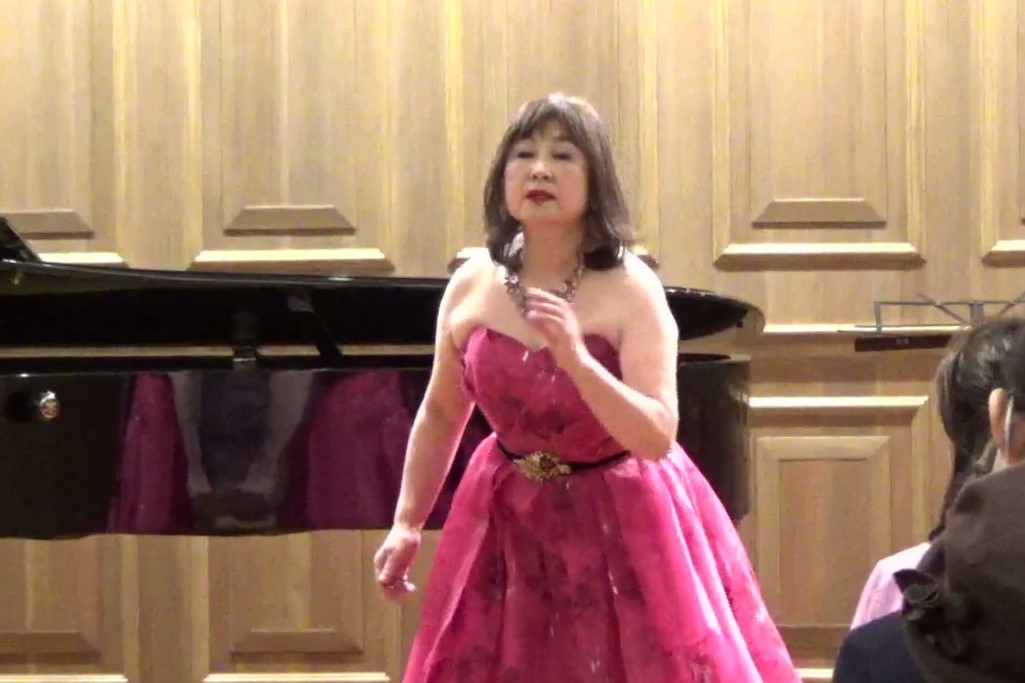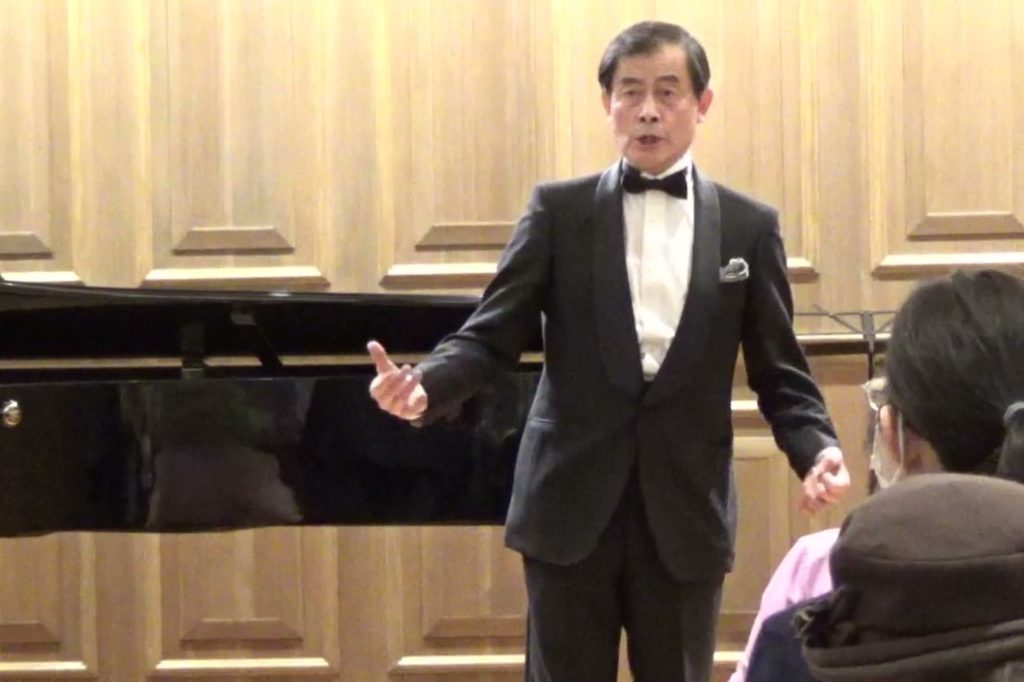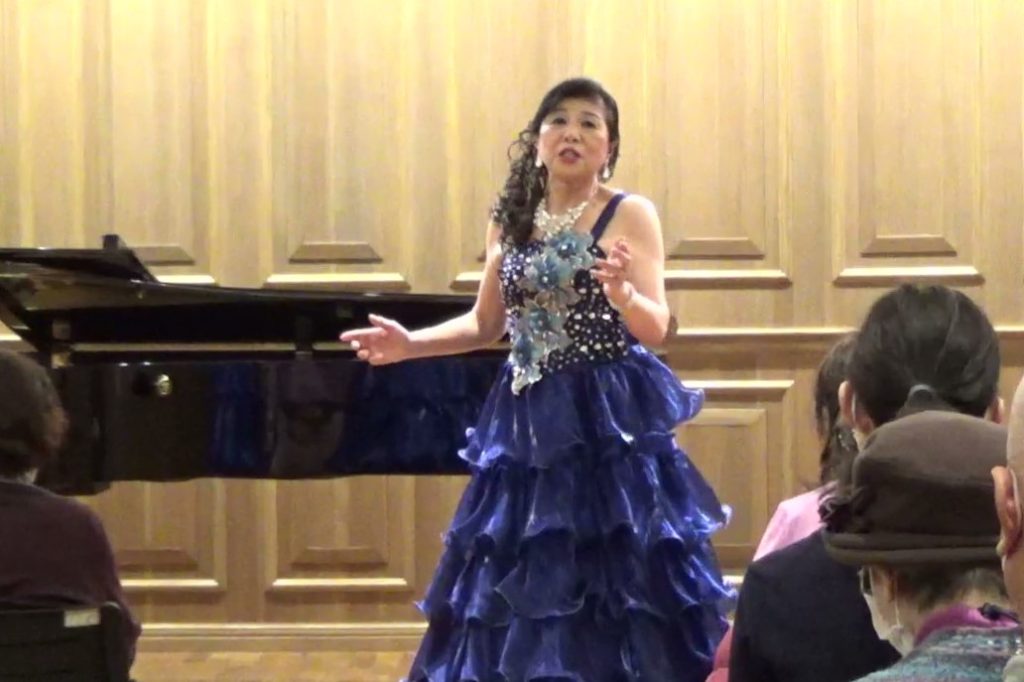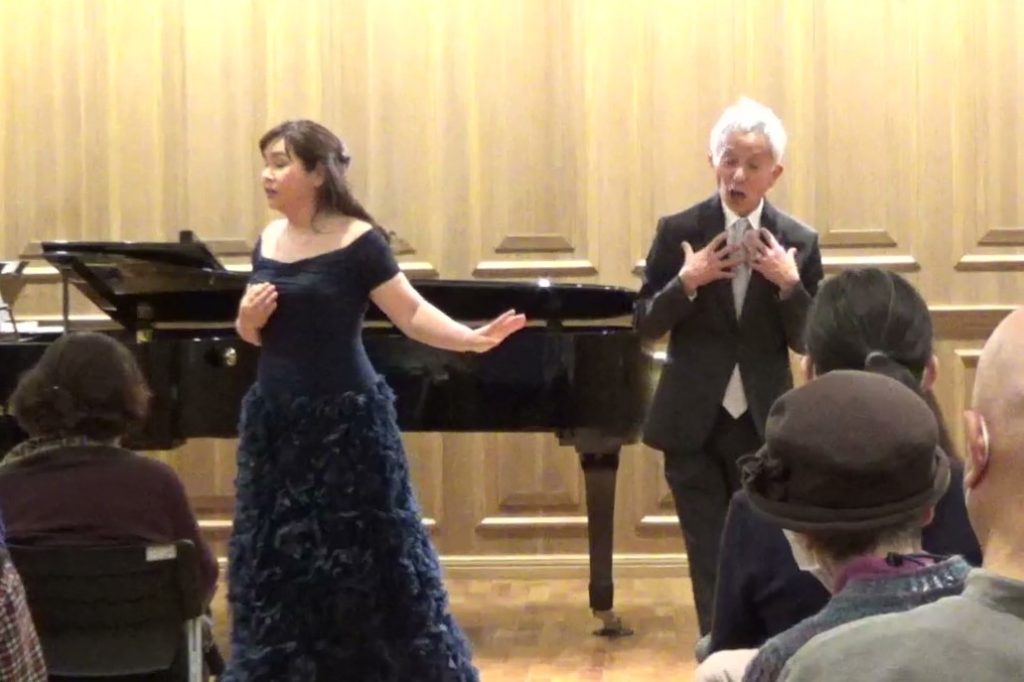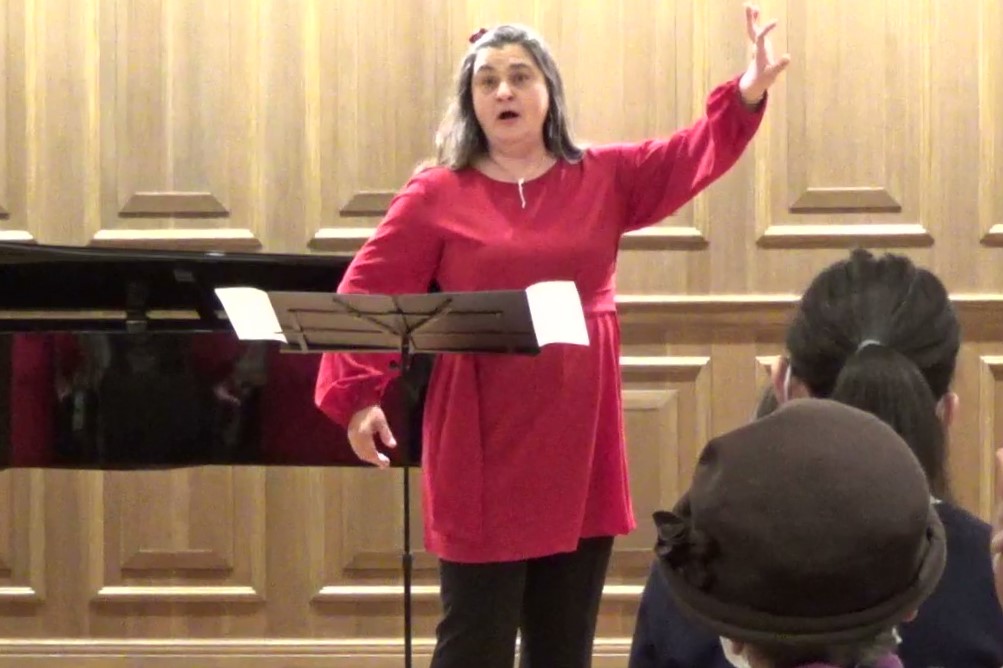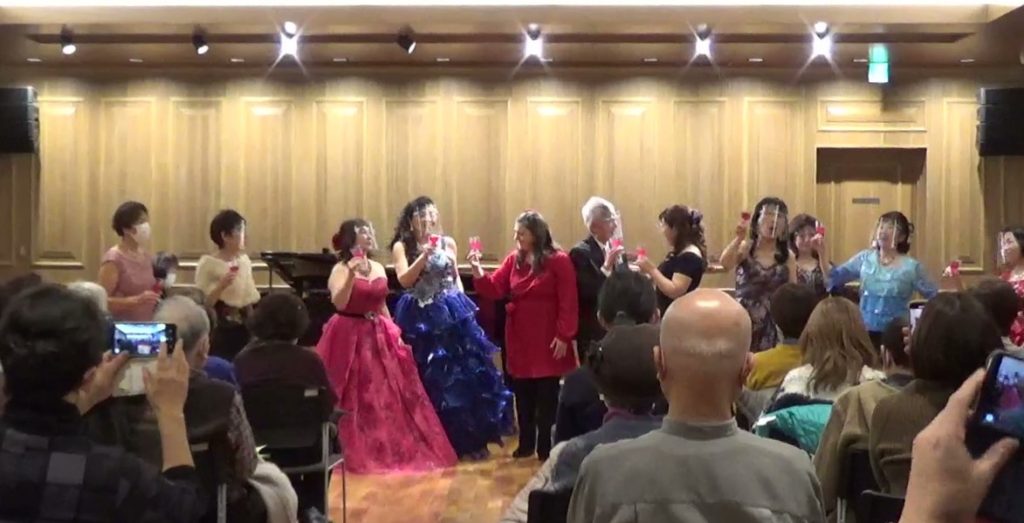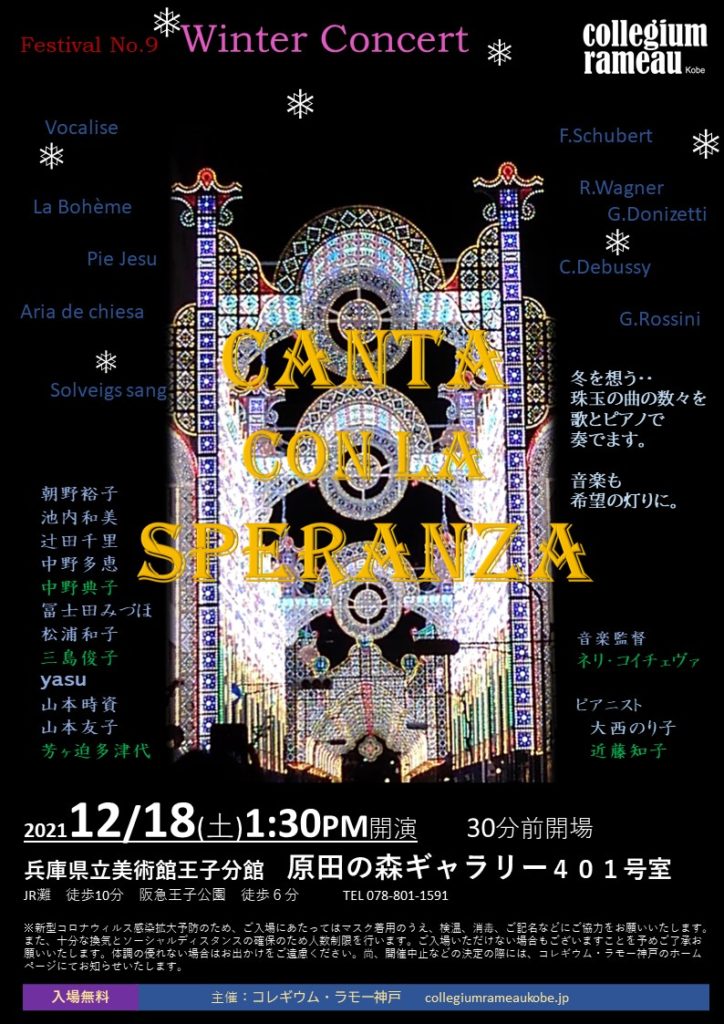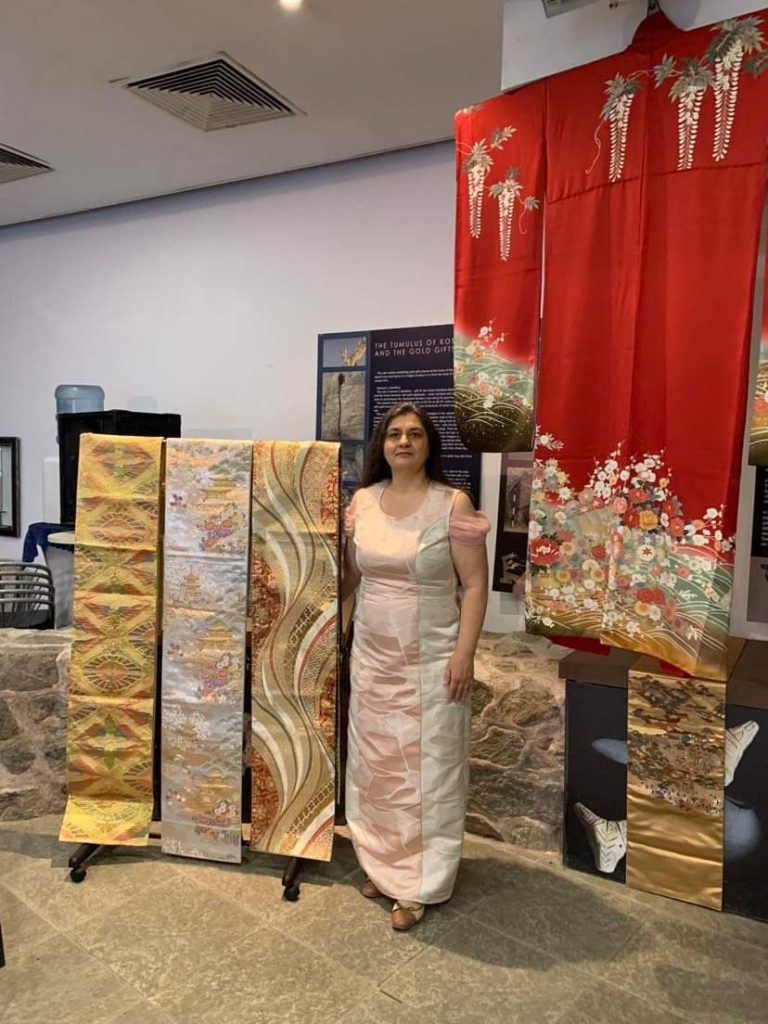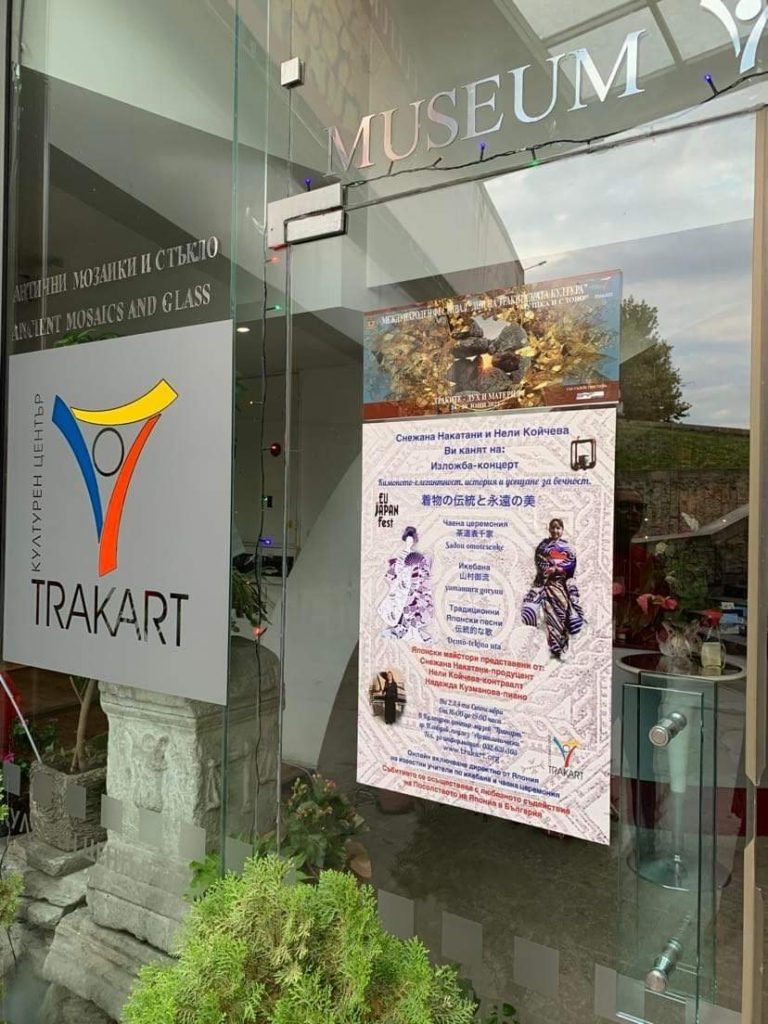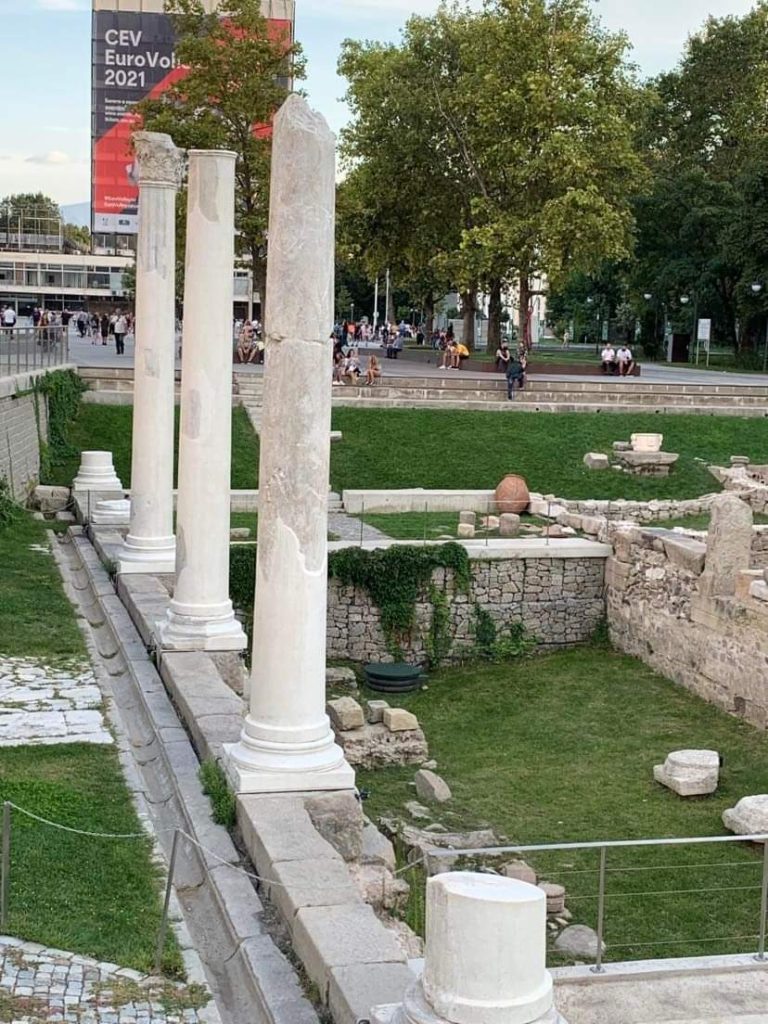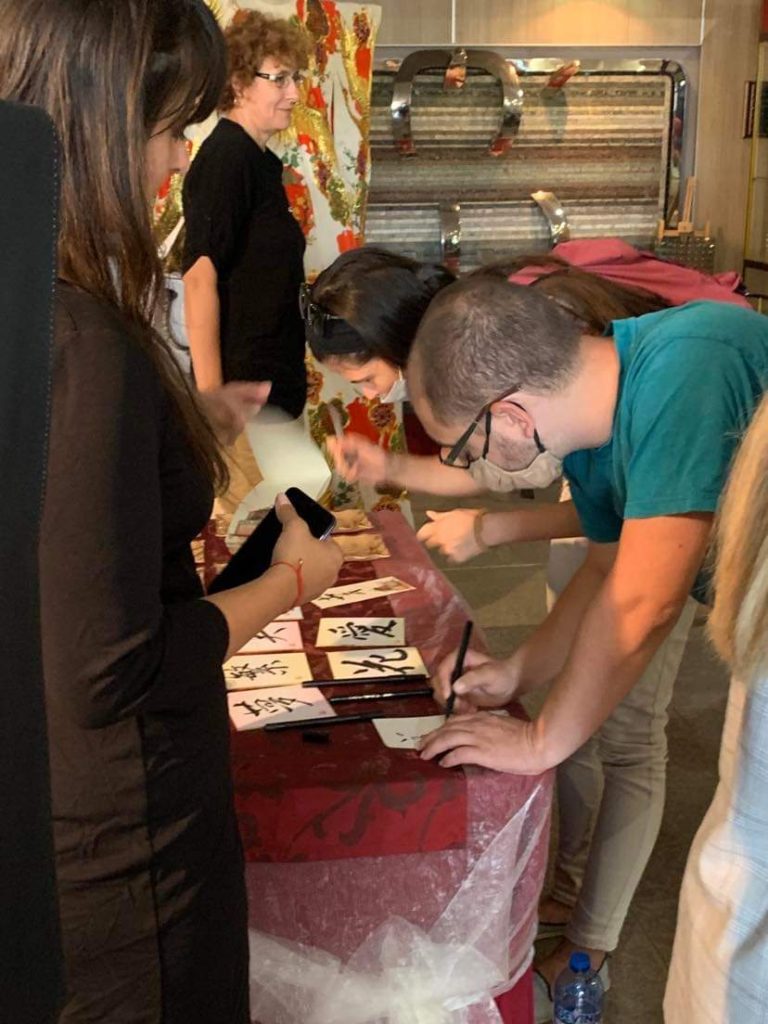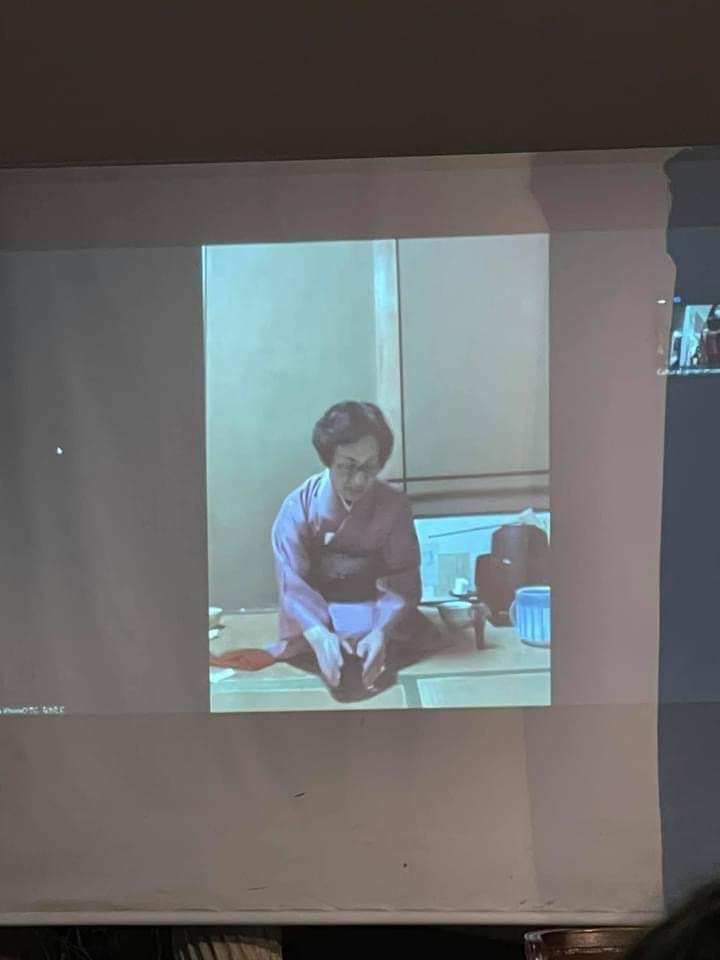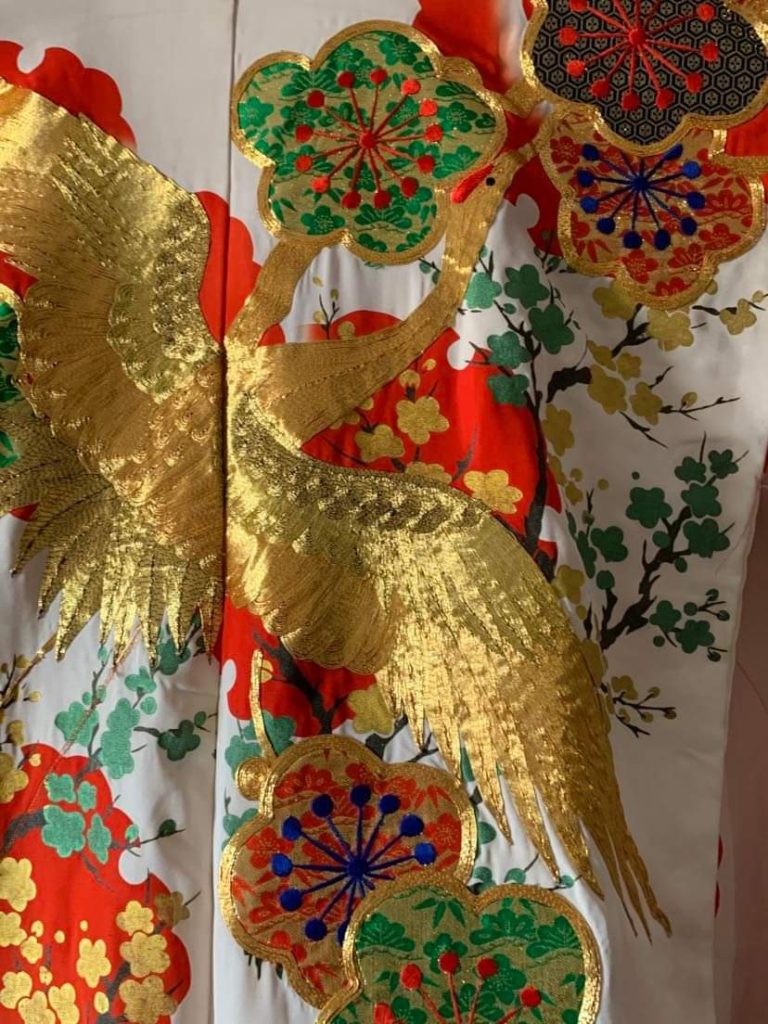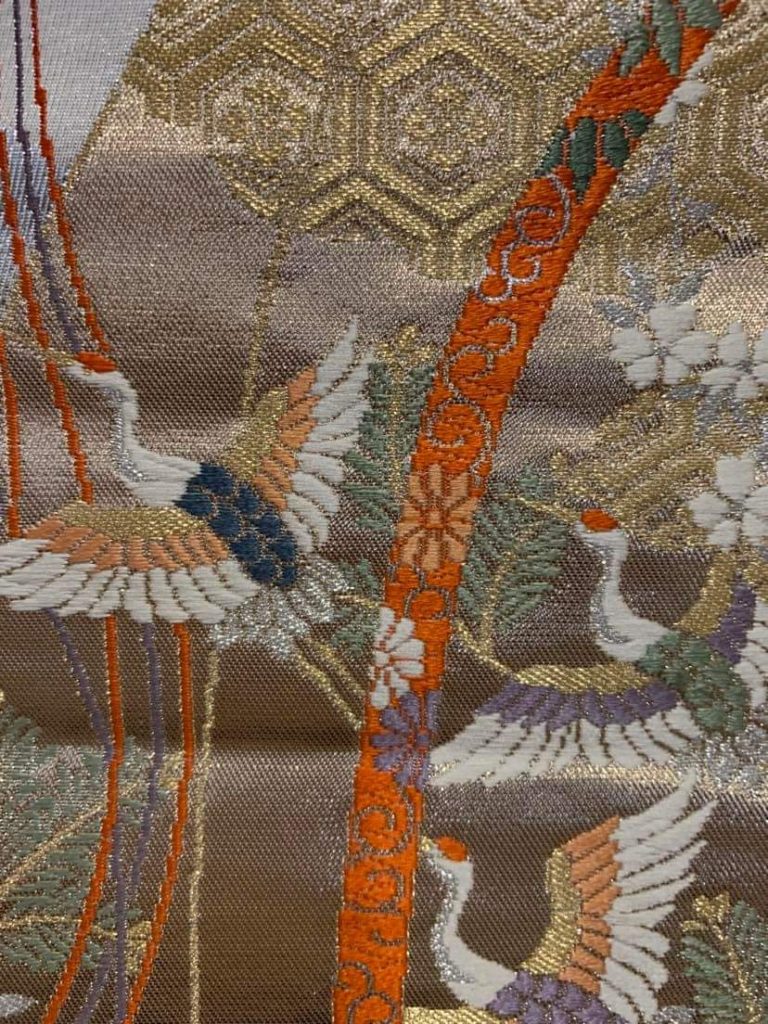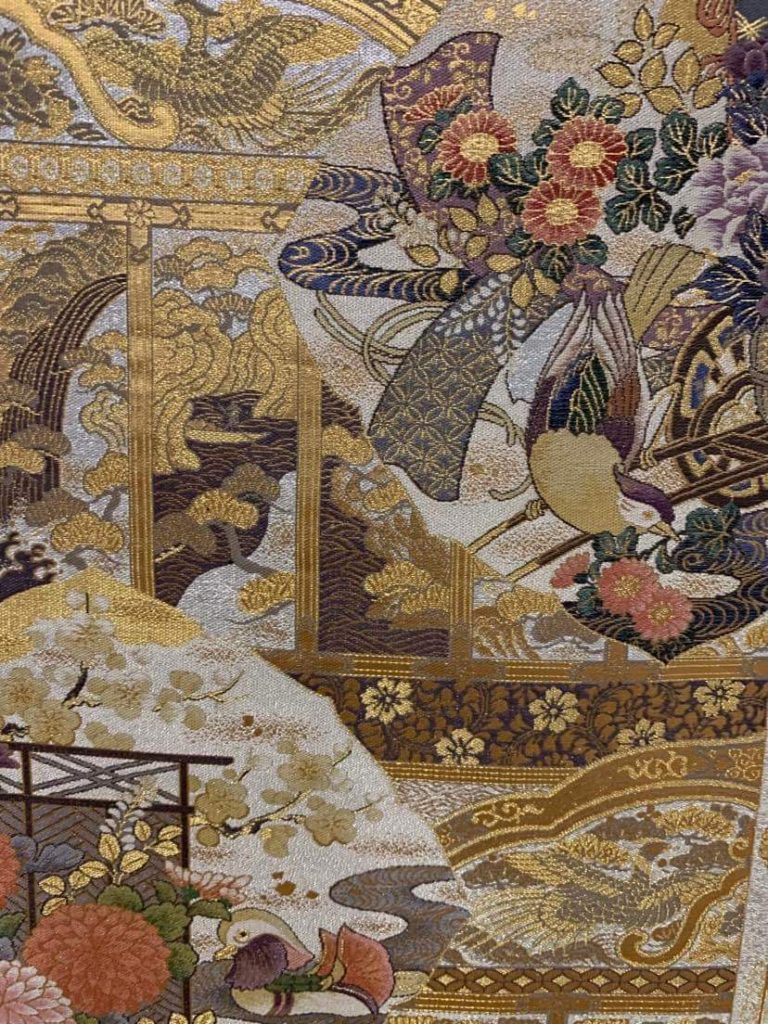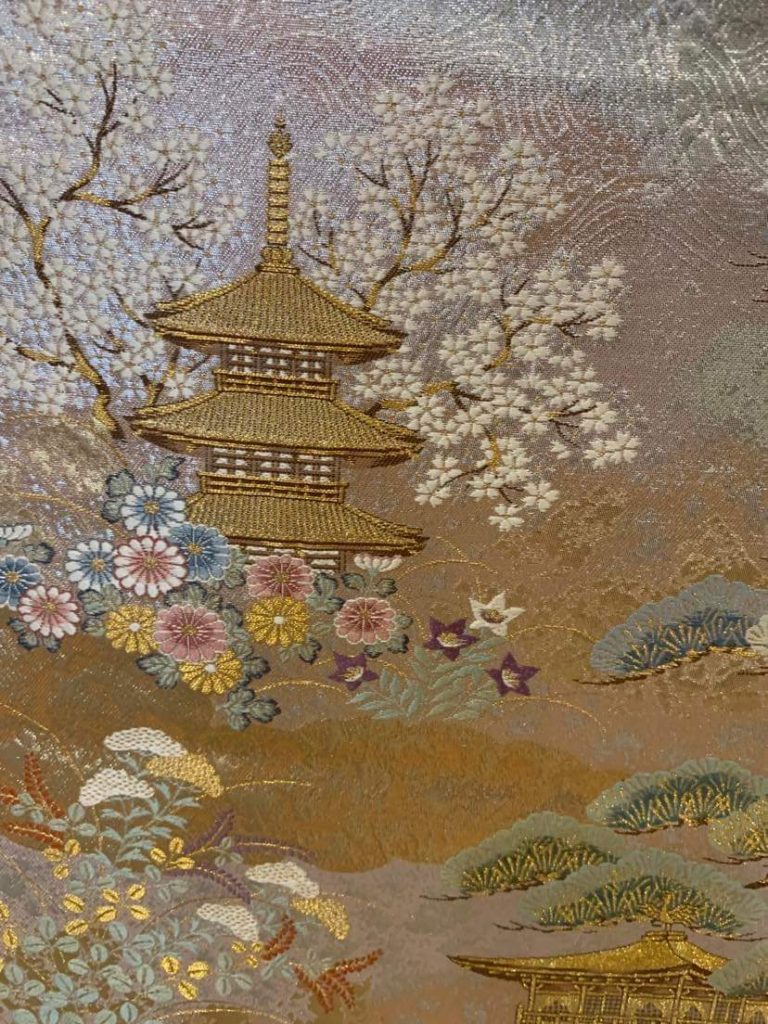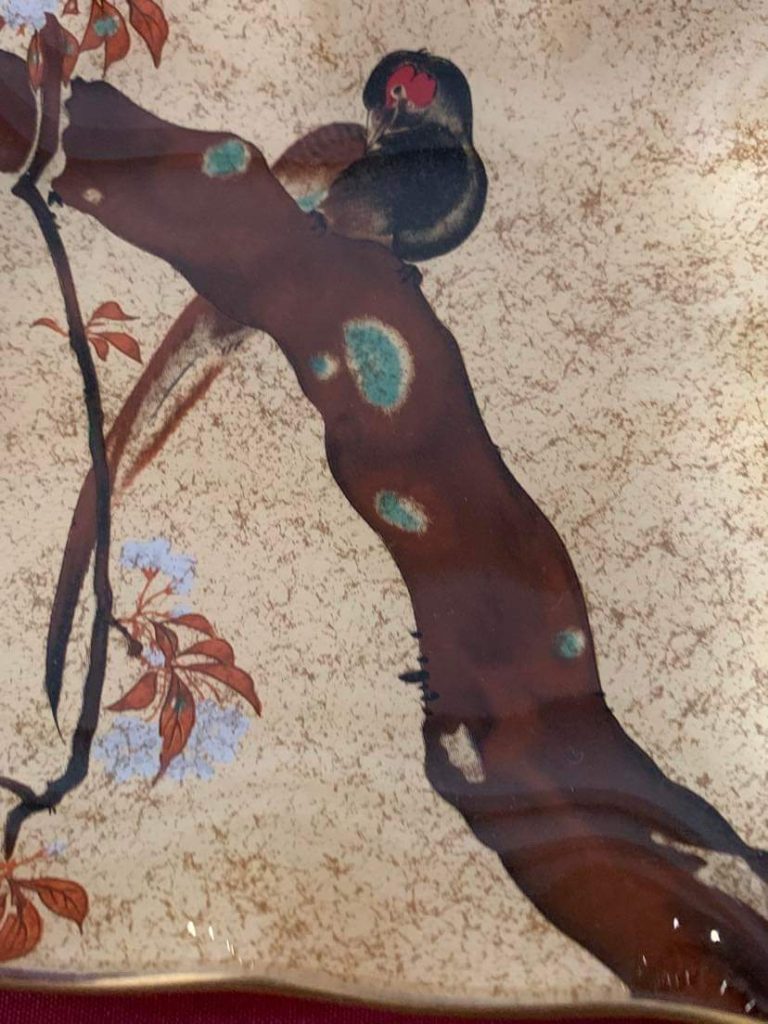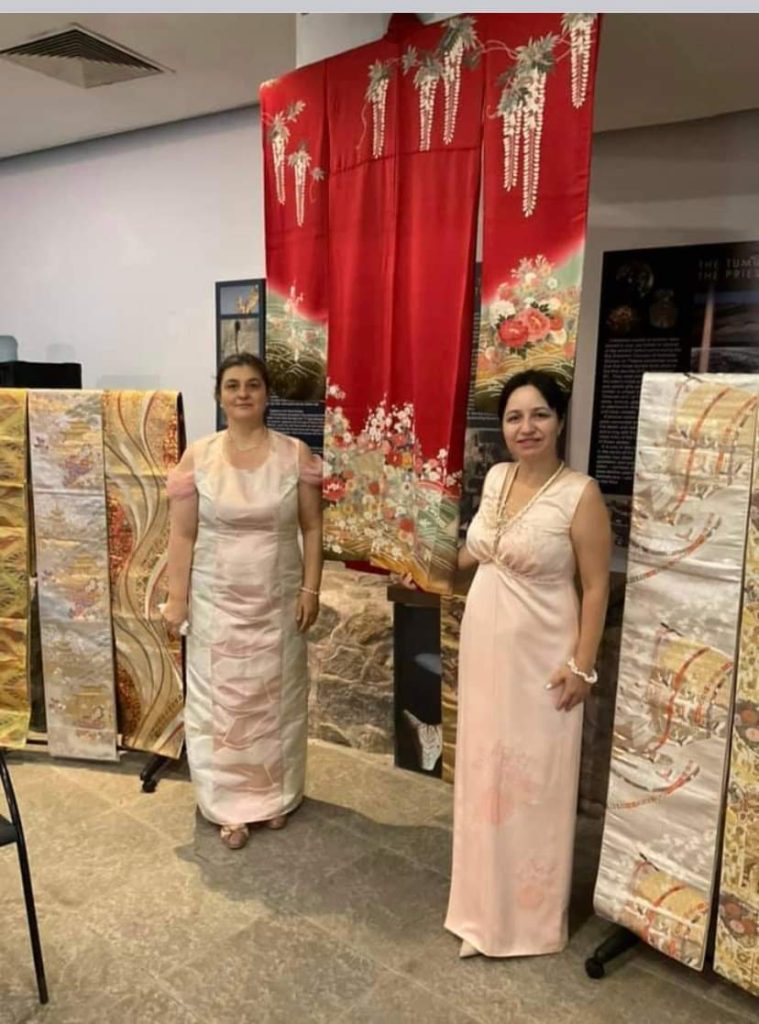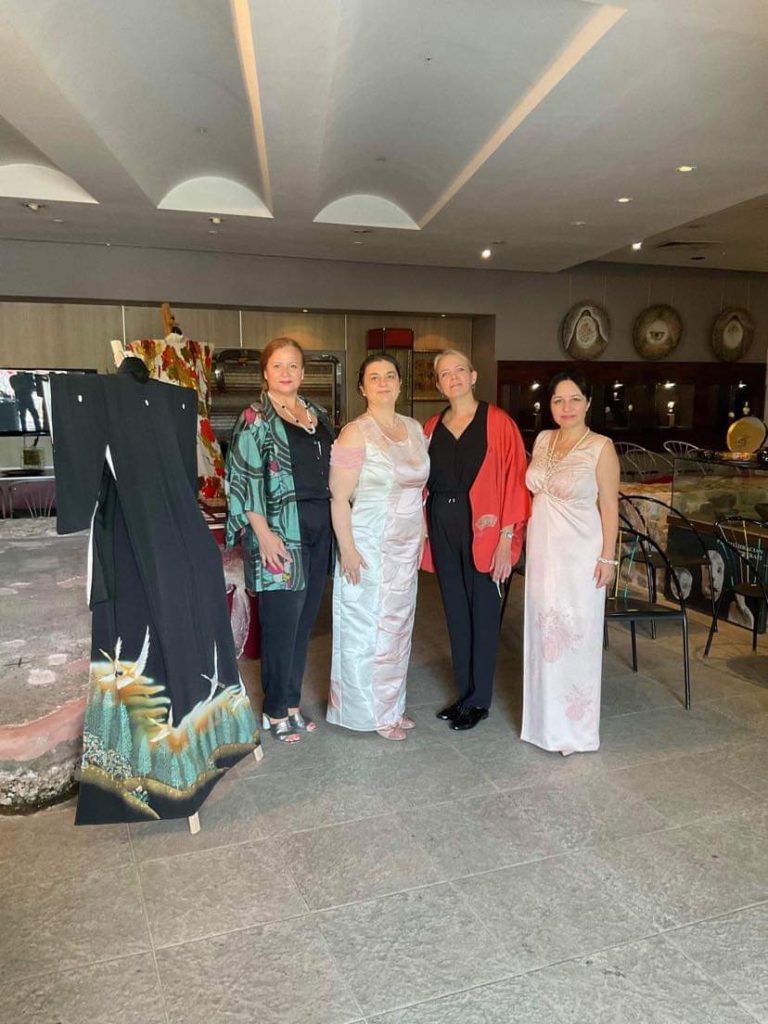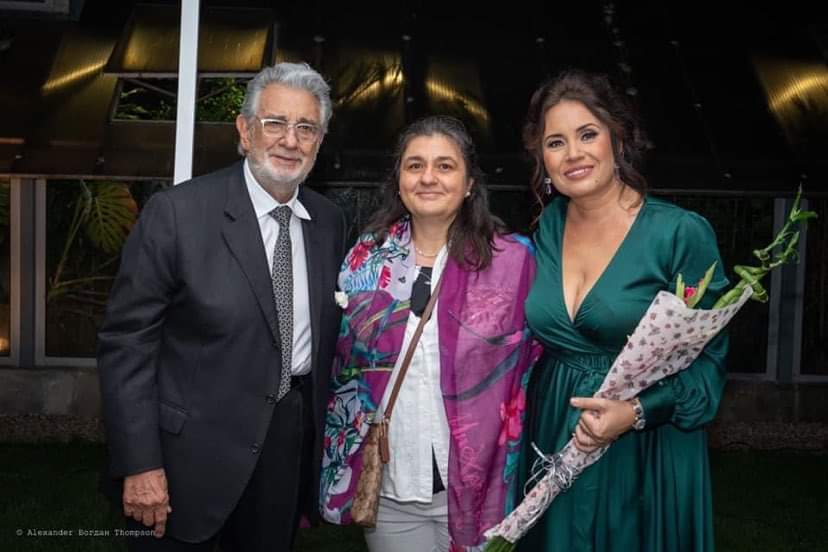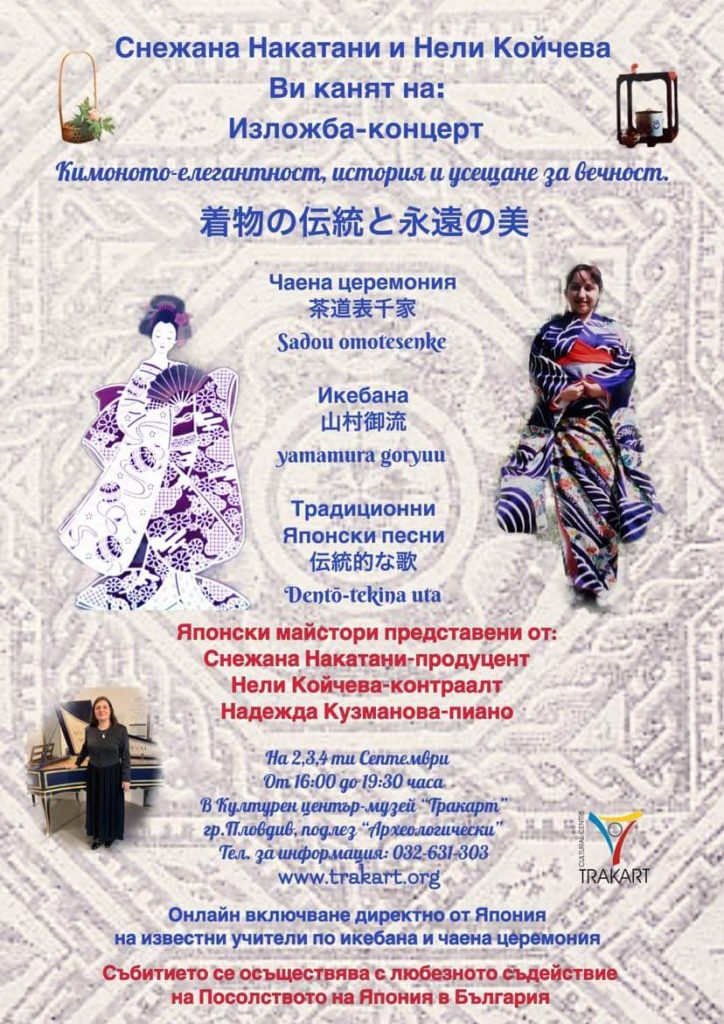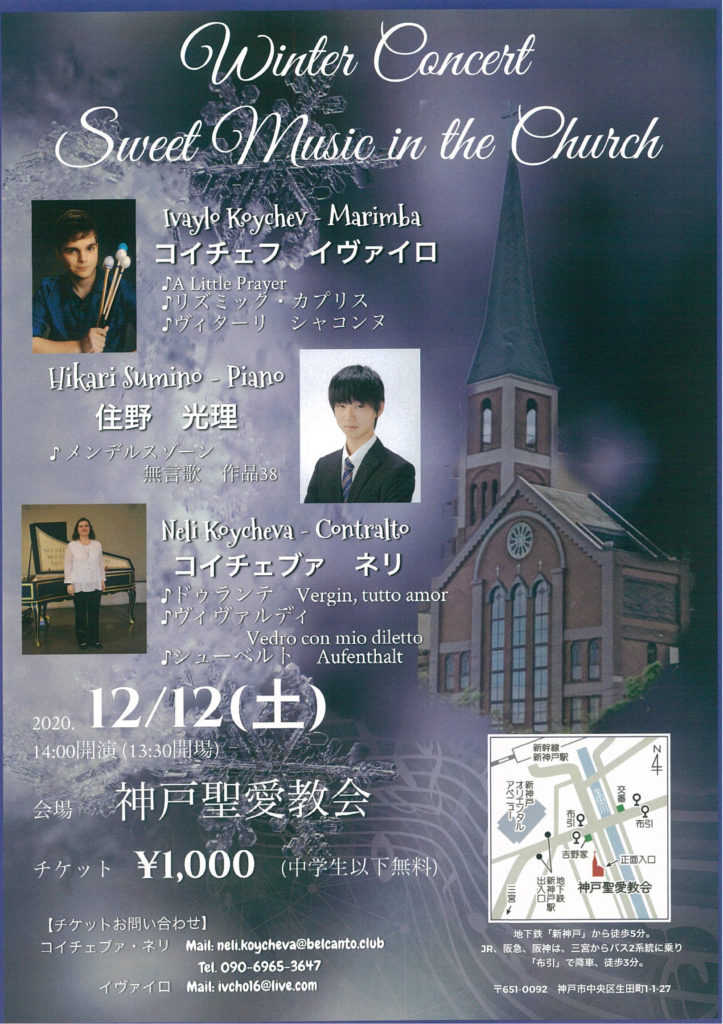2022年05月24日
La Nemica D’Amore fatta Amante
Dear readers,
On May 13th 2022 we, the performers of the Collegium Rameau-Kobe, presented the baroque opera La Nemica D’Amore fatta Amante.
During the past years of work we have come a long way of preparation and work. We performed 10 festivals with baroque music, workshops and more. Each of us expanded our knowledge and training, and thus,naturally we came up with the idea to present a whole baroque opera. We also wanted to find a work that was not performed in Japan.
Giovanni Bononcini (1670/1747) is an extremely interesting composer. Nowadays, several of his works are very popular, but his operas are little known and even less performed. Probably the reason is that this is a very beautiful, but difficult to perform music. The music is a picture of intertwined voices and instruments.
The opera begins with an rich and beautiful orchestral introduction. Then, in front of the listener, many-voiced recitatives and complex arias alternate for more than two hours. The singers overcame long phrases, gradual melodies and restrained tones. The imitative principle between voice and instrument prevails – beauty, elegance and magnificence, but also a major challenge for each of us.
We have been working very intensively for more than a year. Our preparation went in several plans: studying the score, translating the text from Italian into Japanese, lectures on baroque by a leading specialist from Tokyo, interpretation and philosophical view of the period and the work, studying the mythological elements in the libretto. As a result of this serious and thorough preparation, we created our own vision for the work, and some very original ideas arose during the performance of the opera.
A very important for the realization of this project that in the Collegium Rameau was that we have the appropriate voices to perform by the parties in the opera. The brilliant sopranos of Tae Nakano San and Noriko Nakano San took on the role of Clori. The beautiful and warm mezzo-soprano voice of Michiko Hanibuchi San, as well as the Bulgarian contralto – Nelly Koycheva, played the role of Tirsi. For the role of the satire Fileno we invited the remarkable singer and artist- bass-baritone Nobuhiro Shinobe San. The orchestral part was performed by magnificent baroque performers who gave us their time and talent, and helped us in the preparation and realization. On the cembalo was one of the most famous and amazing cembalists in Japan – Emiko Nomura Sensei. The viola da gamba parts by Makiko Ueda San and Ayumi Nakanishi San were performed with incredible mastery; and the brilliant sound and bravura solos in the violin part were recreated by Hiroyuki Ueda San and Tomohiko Yokoyama San. Special thanks to Rioichi Okada San for the original translation of the entire libretto of the opera from Italian into Japanese.
Thank you all for the beautifully performed music, for the artistry and for the successful realization of the whole idea.
I would like to thank Michiko Hanibuchi San from the bottom of my heart about her support of the project.
We are happy to be a part of this beautiful event together.
The feedback after the event was very positive.
I will quote the words of the Director of Centre for International Friendship in Kobe:
“The concert was so great. Thank you and your colleagues so much. Songs and music were so beautiful. I’m very happy to be there. All my daily stress was gone because of wonderful romantic sounds.
I’m looking forward to the next one!”
Ph.D. Neli Koycheva

